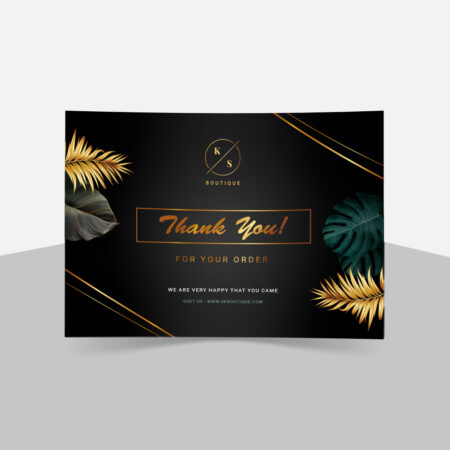Tag designs refer to the visual and structural elements incorporated into tags, labels, or badges to convey information, enhance aesthetics, and fulfill a specific purpose. Tags are used across various industries, from retail and manufacturing to events and digital content.
- Key Elements of Tag Designs:
Text: The textual information on a tag is crucial. This may include product names, descriptions, prices, instructions, or any other relevant details.
Graphics and Icons: Visual elements, such as logos, icons, or symbols, contribute to the overall design and help convey information more effectively.
Color Scheme: The color palette used in tag designs influences the overall aesthetics and can also serve functional purposes, such as color-coding for categories.
Typography: The choice of fonts and typography style contributes to the readability and visual appeal of the tag.
Shape and Size: Tags come in various shapes and sizes, ranging from standard rectangles to custom shapes. The form can be influenced by branding, industry standards, or functional requirements.
- Types of Tag Designs:
Product Tags: Common in retail, these tags include product information such as the name, price, barcode, and sometimes additional details about the item.
Event Tags: Used in conferences, trade shows, or concerts, event tags often include attendee names, access levels, and event details.
Luggage Tags: These tags are attached to luggage items, providing identification information and contact details.
Digital Tags: In the digital realm, tags are used in websites, blogs, and content management systems to categorize and organize digital content.
- Design Considerations:
Branding Consistency: Tags should align with the overall branding of a product, company, or event. This includes using consistent colors, fonts, and logos.
Readability: The information on the tag should be easily readable. Careful consideration of font size, contrast, and layout ensures optimal readability.
Material Selection: Tags can be made from various materials such as paper, cardstock, plastic, or fabric. The material choice influences durability and presentation.
- Innovative Tag Designs:
Die-Cut Tags: Tags with unique shapes or intricate cutouts add visual interest and can reinforce branding.
Hanging Tags: Tags with additional hanging elements, such as strings or ribbons, can enhance the presentation of products.
Interactive Tags: In digital environments, tags can be interactive, linking to additional content or providing a call-to-action.
- Digital Tag Designs:
Hashtags: On social media platforms, hashtags serve as a form of digital tagging, allowing users to categorize and discover content related to specific topics.
Meta Tags: In web development and SEO, meta tags are used to provide information to search engines about the content of a webpage.
- Eco-Friendly Tag Designs:
As sustainability becomes more important, eco-friendly tag designs use recycled materials, minimalistic designs, and environmentally conscious printing practices.
- Customization and Personalization:
Tags can be customized to suit specific needs, whether it’s adding a personal touch for a gift tag or incorporating variable data for individualized product tags.
Ast Digital Print Service UAE provided Tag designs play a crucial role in conveying information efficiently and creating a visually appealing presentation. The design choices should align with the intended use of the tag, the overall brand identity, and the preferences of the target audience.









Reviews
There are no reviews yet.